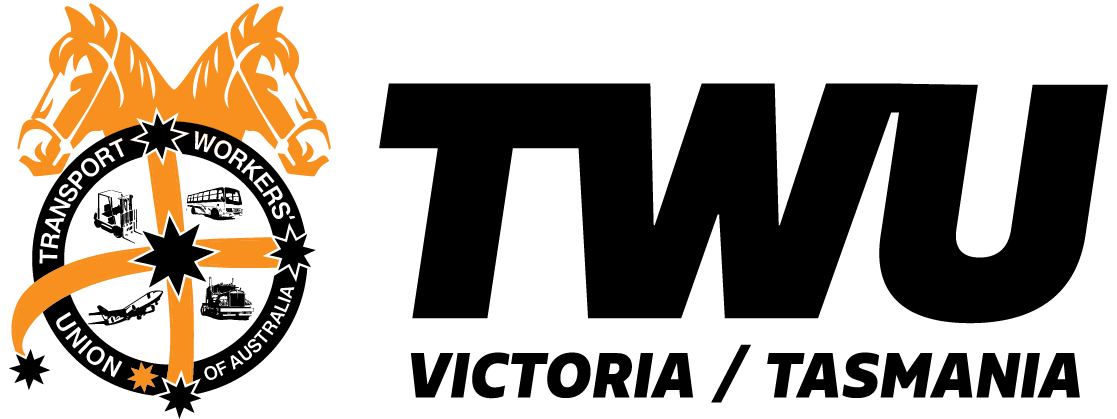Carolyn Kennedy (Project Manager, WorkSafe) tells us why forklifts and people don’t mix.
Even though fatalities involving forklifts have reduced significantly over the past decade, incidents involving forklifts and pedestrians continue at an unacceptably high rate – 143 between January 2010 and February 2011. Around 80 per cent of these occurred in warehousing environments.
What employers must do:
1. Ask ‘are forklifts really necessary for the work to be done?’ Could a less hazardous alternative item of plant be used (eg hand or powered pallet truck, electric tug, tow tractor)?
2. Develop a traffic management plan for the workplace that includes:
- consultation with all workers
- policies and procedures
- information/instruction/training
- supervision
- expectations for compliance (including disciplinary procedures)
- monitoring and review of the plan.
3. Identify areas where forklifts and pedestrians could interact. A useful approach is to use a map of the workplace to identify these areas in consultation with health and safety representatives and workers, and mark areas from high to low potential for interaction.
4. The ‘three metre rule’ is outdated. Employers need to assess forklift operations to determine the actual separation distances and types of barriers that will be needed, considering:
- type of load being carried
- forklift operating speeds
- working environment
- any physical barriers or electronic systems in place.
5. Based on the assessment of forklift operations, controls must be put in place that physically separate pedestrians from areas of forklift operation at all times so far as is reasonably practicable. This can be achieved by:
- permanent barriers (eg gates, fences, guardrails)
- temporary barriers (eg removable bollards, fencing)
- work scheduling to prevent pedestrians being in the area of operating forklifts
- exclusion zones and safety zones
- electronic systems to prevent pedestrian and forklift interaction (eg proximity sensors, speed limiters, zoned detection systems).
Painted lines on the ground are not an effective way to separate pedestrians from operating forklifts.

